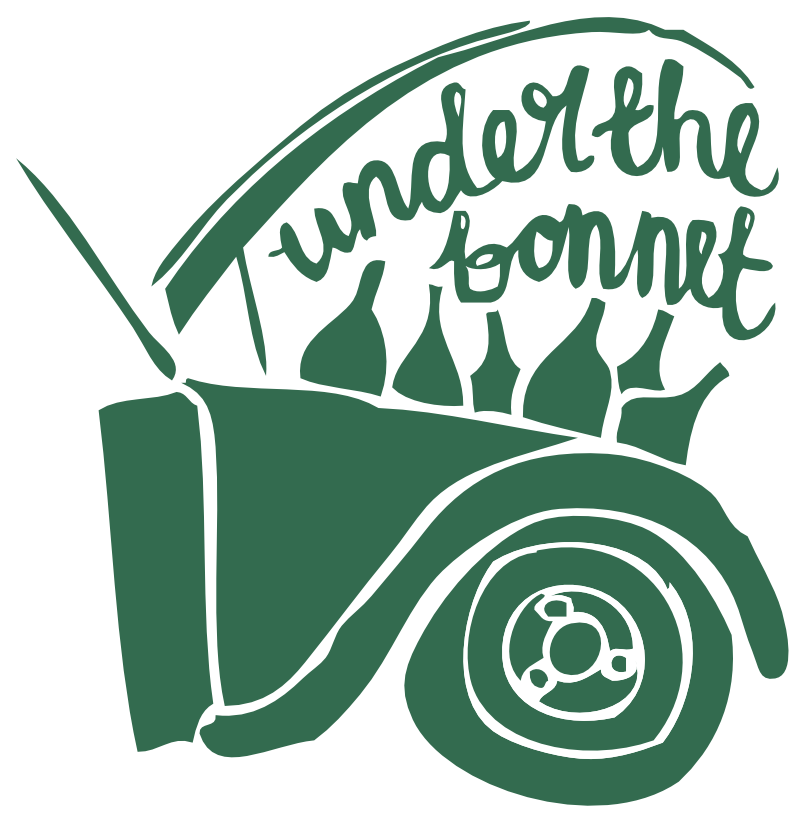Freija is back!
At the end of 2024 we received an excited message from Daniel & Jonas telling us about their new creation - inspired by their partners Pauline & Melanie becoming mothers and the result of lots of experimentation - they had finally cracked a properly delicious alcohol-free sparkling.
Since the first batch sold out we've been eagerly awaiting its return, and are very glad to say its now here.
Produced in collaboration with Jonas' partner Pauline Baumberger & her winemaking family - Freija No.1 is a complex sparkling, consisting of herbal teas made with foraged ingredients from both family vineyards, their own grapes and fruit, lacto-fermented raspberry, the results blended and carbonated. The ingredient list is short, and completely natural - a sight you rarely see on many no-alcohol alternatives.
With a huge focus on agroforestry in both families' vineyards, the Freija project allows an outlet to ensure this fruit production isn't wasted, and can be used in an exciting way, without sacrificing flavour and complexity, or compromising their philosophy.
Fruit for the 2025 batch was picked at the end of August, and the drink was bottled in mid-winter, no additions.
ZERO-ALC
NEW Freija NO.1 - Grape juice, lemon balm & wormwood, verjus and raspberry
























